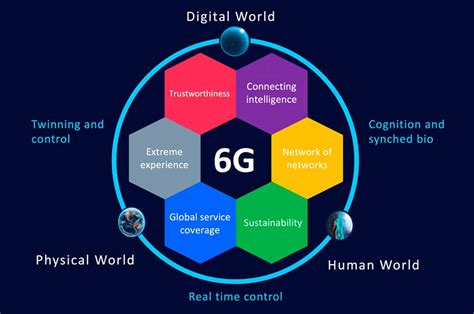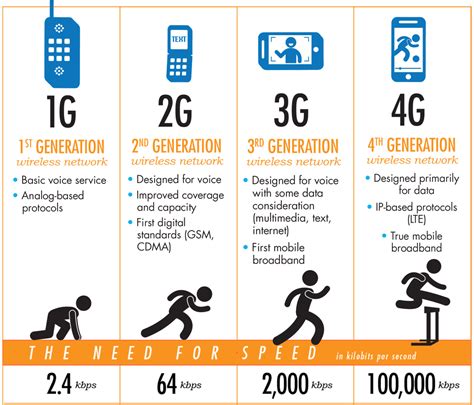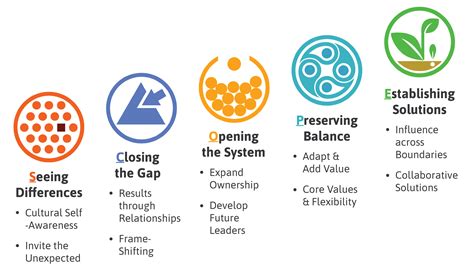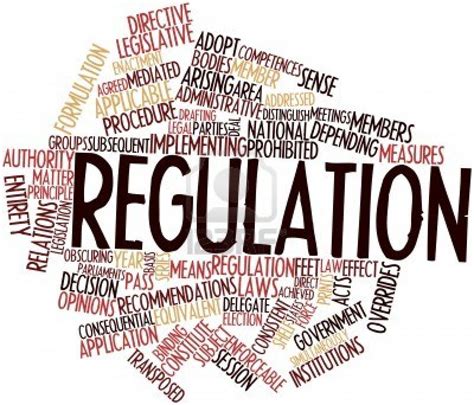Breaking News


Popular News


Explore the evolution from 5G to 6G, emerging technologies, global standardization efforts, regulatory challenges, and the expected impact on the telecommunications industry.Welcome to our latest blog post where we will be delving into the exciting world of telecommunications and the development of 6G protocols and regulations. As we continue to witness the rapid advancements in technology, it comes as no surprise that the telecommunications industry is already looking ahead to the next generation of wireless networks. In this post, we will explore the evolution from 5G to 6G, the emerging technologies and possibilities that it promises, the global efforts in standardization, the regulatory challenges and considerations, and the expected impact on the telecommunications industry. With the anticipation of 6G on the horizon, the industry is abuzz with discussions and debates about what the future holds. Join us as we unravel the complexities and potential of 6G and the implications it will have on our increasingly connected world. Stay tuned for an insightful and thought-provoking exploration of what lies ahead in the telecommunications landscape.
Contents

Evolution from 5G to 6G
Evolution from 5G to 6G
The evolution from 5G to 6G is an exciting and rapidly developing field in the world of telecommunications. As the current standard for wireless networks, 5G has provided faster data speeds and lower latency, enabling innovations in various industries. However, the demand for even greater connectivity and capabilities has led to the exploration and development of 6G technology.
With the potential to deliver unprecedented levels of performance, 6G is expected to revolutionize the way we communicate and interact with technology. This next generation of wireless networks promises to support emerging technologies such as augmented reality, virtual reality, and the Internet of Things on a much larger and more efficient scale than ever before.
As we look ahead to the evolution from 5G to 6G, it is clear that technological advancements and innovative solutions will play a crucial role in shaping the future of telecommunications. With global efforts underway to establish standards and regulations for 6G, the industry is on the brink of a significant transformation that will have a lasting impact on society as a whole.
| Key Developments | Potential Impact |
|---|---|
| Increased data speeds | Enhanced connectivity for applications |
| Ultra-low latency | Real-time communication and control |
| Advanced network architecture | Support for emerging technologies |

Emerging technologies in the telecommunications industry are paving the way for a future that is more connected and efficient than ever before. With the development of 6G protocols and regulations, the possibilities for innovation and advancement are limitless. From the Internet of Things (IoT) to artificial intelligence and machine learning, these technologies have the potential to revolutionize the way we communicate and interact with the world around us.
The evolution from 5G to 6G opens up a whole new realm of possibilities for connectivity and speed. Imagine being able to download an entire movie in just a few seconds or controlling smart devices with nearly zero latency. These advancements will not only change the way we use our smartphones and other devices, but will also enable new industries and services that were previously impossible.
As we look to the future, it is important to consider the global efforts in standardization that will be necessary to ensure that these emerging technologies are accessible and compatible across different regions and devices. The telecommunications industry will need to work together to establish protocols and regulations that facilitate the seamless integration of 6G technologies, while also addressing regulatory challenges and considerations that may arise.
| Possibilities | Emerging Technologies |
|---|---|
| Enhanced connectivity | Internet of Things (IoT) |
| Ultra-fast speeds | Artificial intelligence |
| Low latency | Machine learning |

Global efforts in standardization
Global efforts in standardization
In the rapidly evolving world of telecommunications, global efforts in standardization play a crucial role in shaping the future of the industry. As the demand for faster, more reliable, and secure networks continues to grow, the need for a set of universally accepted protocols and standards becomes increasingly important.
One of the key challenges in standardization is ensuring that all stakeholders, including governments, regulatory bodies, and industry players, are aligned in their efforts to develop and implement these protocols. This requires a high level of collaboration and coordination on a global scale, as well as a deep understanding of the technical, economic, and social implications of such standards.
Efforts in standardization are not limited to just the technical aspects of network infrastructure, but also extend to address issues such as privacy, security, and interoperability. This requires a comprehensive and holistic approach to standardization that takes into account the diverse needs and requirements of different regions and user groups.
| Key Aspects of Global Standardization Efforts |
|---|
| Collaboration |
| Compliance |
| Consistency |

As the telecommunications industry continues to evolve with the introduction of 6G technology, there are numerous regulatory challenges and considerations that need to be addressed. One of the primary concerns is the allocation of spectrum for 6G networks. With the increasing demand for wireless connectivity, there will be a need for additional spectrum to support the higher data rates and lower latency promised by 6G. This will require regulators to reevaluate the current allocation of spectrum and make adjustments to accommodate the new technology.
Another regulatory challenge is the issue of security and privacy. As 6G networks will be expected to support a wide range of applications, including critical infrastructure and autonomous vehicles, there will be a need for robust security and privacy protections. Regulators will need to establish new standards and protocols to ensure that 6G networks are secure and resilient against cyber threats. This will require collaboration between industry stakeholders and government bodies to develop effective regulations and compliance mechanisms.
Furthermore, the deployment of 6G networks will raise concerns about environmental impact and public health. Regulatory bodies will need to conduct thorough assessments to address any potential risks associated with the installation of new infrastructure and the use of higher frequencies. This will require the development of guidelines and regulations to minimize the environmental footprint of 6G networks and to address public concerns about the potential health effects of prolonged exposure to radiofrequency radiation.

In the coming years, the expected impact of 6G on the telecommunications industry is significant. With the continuous evolution from 5G to 6G, there will be a transformation in the way mobile networks operate, resulting in faster and more reliable connectivity for users. This shift will have a direct impact on telecom companies, as they will need to invest in upgrading their infrastructure to support the new technology, including the deployment of new antennas to accommodate the higher frequency bands used in 6G.
Furthermore, the emergence of 6G will also lead to an increased demand for skilled professionals in the telecommunications industry. As the technology advances, there will be a need for engineers and technicians who are well-versed in 6G protocols and can design and implement the necessary network upgrades. This will create new job opportunities and drive growth in the industry, as companies strive to stay ahead in the 6G race.
Moreover, the expected impact of 6G on the telecommunications industry extends beyond just the technical aspects. It will also bring about changes in business models and revenue streams for telecom operators. The rollout of 6G will enable new services and applications that were not possible with 5G, opening up opportunities for companies to offer innovative solutions and expand their offerings to consumers and businesses. This will redefine the competitive landscape of the industry and drive new partnerships and collaborations to capitalize on the potential of 6G.

What is 6G?
6G refers to the sixth generation of wireless communication technology, which is still in the development stage.
What are the key features of 6G?
6G is expected to offer faster data speeds, lower latency, increased capacity, and improved energy efficiency compared to 5G.
What are the potential applications of 6G?
6G could enable advancements in virtual and augmented reality, holographic communications, telemedicine, smart cities, and autonomous vehicles.
How are 6G protocols being developed?
Researchers and industry leaders are working on developing the technical standards and protocols for 6G through collaborative efforts and research initiatives.
What are the challenges in the development of 6G regulations?
Challenges include ensuring global cooperation, addressing security concerns, and integrating new technologies such as artificial intelligence and quantum computing.
What is the timeline for the rollout of 6G?
While 6G is still in the early stages of development, it is expected to be commercially available in the next decade, with potential rollouts starting around 2030.
What is the role of governments in 6G regulation?
Governments play a key role in setting policies, allocating spectrum, and establishing regulatory frameworks to facilitate the development and deployment of 6G technology.